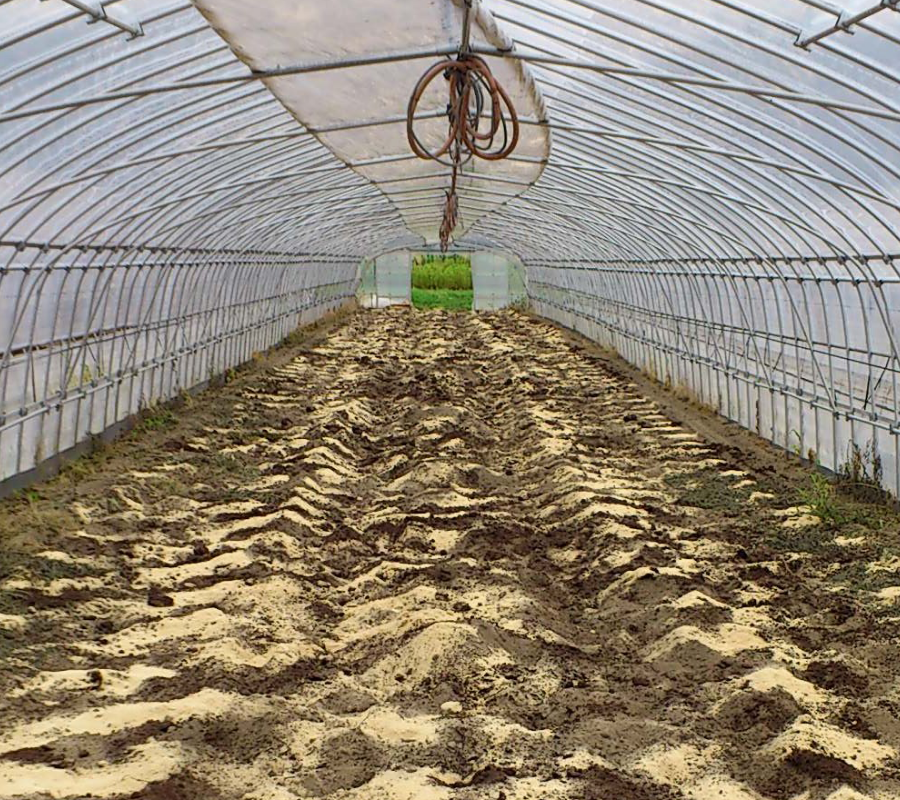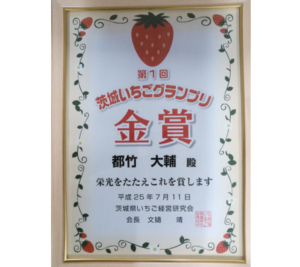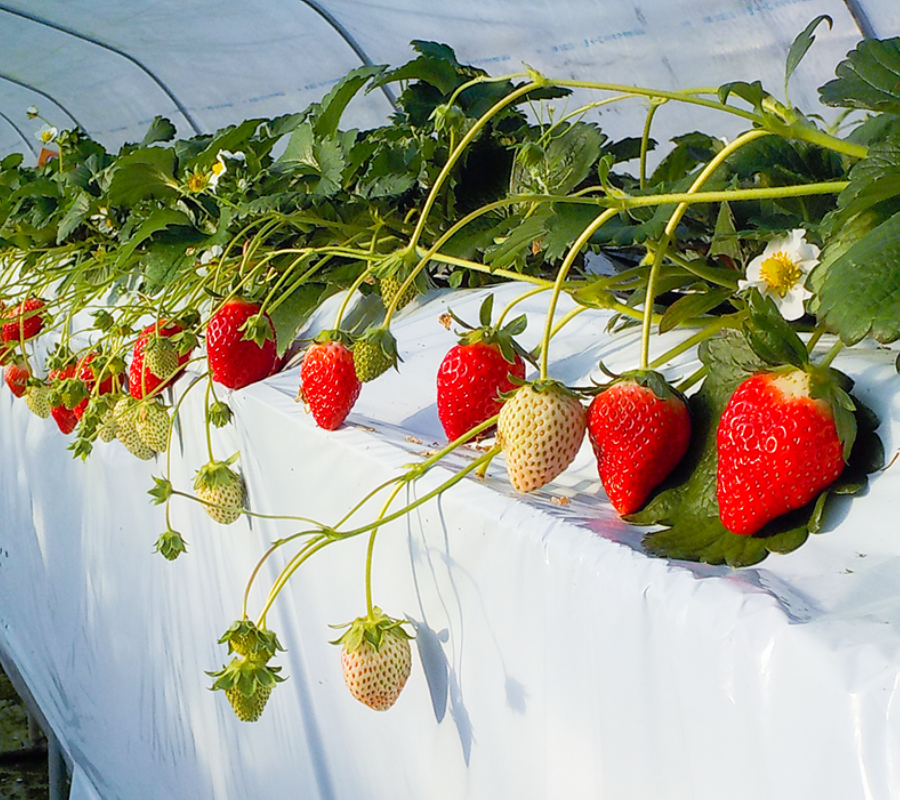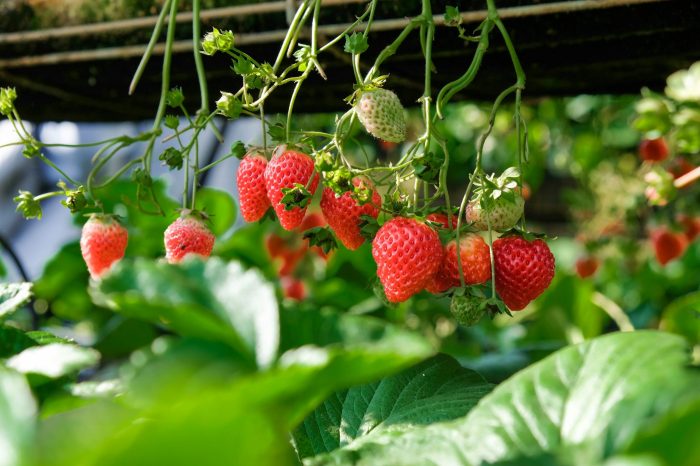Interview from 2017
Ibaraki Tsuzuku Farm – Representative Daisuke Tsuzuku
Tsuzuku Farm is situated in Hitachiomiya City, formerly known as Gozenyama Village, in the northern part of Ibaraki Prefecture. Surrounded by the beautiful scenery of the Naka River and the grand Gozenyama, we specialize in cultivating and selling strawberries. Recently, our soil microbial performance was assessed, yielding an impressive score of 1,794,000.
Q. Please tell us how you got into farming.
We are a family of four, my wife and two boys. Originally, I worked for a construction company in Tokyo. With our family’s background in operating a ryokan in Takayama City, Gifu Prefecture, I aspired to run a guesthouse in the future. By chance, I discovered the breathtaking scenery of the Gozenyama area in Hitachi Omiya City and I decided to venture into farming instead. The idea of running a guesthouse seemed challenging in attracting customers, so I opted for farming, desiring to raise my children in a natural environment.

Good quality compost and rice bran are used to enrich the soil.
Q. Could you share insights into your strawberry management practices?
I had no farming experience before I started farming. We leased land in 2007 and are currently growing strawberries in a 35a greenhouse. We also grow about 30 varieties of vegetables outdoors. After picking the strawberries by hand, we eat them without washing them, so we pay attention to safety. To enhance our farming practices, we continue to employ microorganisms to enrich the soil and utilise natural enemies to reduce the amount of pesticides used.
Presently, we cultivate six strawberry varieties, including Ruby Drop (Tsuzuku Nouen’s original variety), Ibara Kiss, Hitachihime (Ibaraki Prefecture’s original variety), Tochiotome, Akihime, and Beni Hoppe.
Tochiotome won the Gold Award at the Ibaraki Prefecture Strawberry Grand Prix in 2012, and Ibara Kiss won the honour in 2014. We also open our strawberry picking house from January to mid-May each year.

Winner of the 1st Ibaraki Strawberry Grand Prix Gold Award.

Strawberry picking house (you can eat 6 kinds of strawberries!).
Q. How did you learn about the BIOTREX analysis?
In the past, when powdery mildew occurred, I reviewed the soil preparation and increased the amount of beneficial mold in the soil as a countermeasure. As a result, powdery mildew stopped appearing. This made me curious about the relationship between soil preparation and microorganisms.
I had the opportunity to listen to Ms Sakuramoto, CEO of DGC Technology, at a study meeting of the Ganbaru Farmers Project, which was formed by fellow farmers in the northern region of Ibaraki Prefecture. Since then, we have carried out BIOTREX analysis every year.
Q. What were your thoughts on the test results?
I received a series of high numerical test results, but I honestly didn’t realise the meaning of the numbers themselves. However, I was surprised by the high deviation value of almost 80.
Studying soil microorganisms such as anaerobic and aerobic bacteria through self-learning, I felt that the efforts I put into (1) reducing the base fertilizer to about one-third of the normal amount and incorporating microbial materials, and (2) performing solar heat sterilization, were paying off.
Q. What are your plans for farm management?
I am pleased to see that the microbial performance values are high. However, in the future I would like to practise the balance of labour and save the trouble of labour while maintaining a high score. We believe that crop management with an awareness of soil microbial activity and biodiversity will lead to overall efficiency.
I also wanted to grow blueberries before I started farming, so in the future I would like to start a ‘berry garden’. As well as picking, I would like more people to enjoy barbecuing and turn it into a tourist farm where people can get together. I also dream of increasing the number of strawberry farms along National Route 123, where the next farm is located, and creating a ‘Strawberry Highway’.

Actinomyces thrive on the wall of the ridge where the strawberries are planted.

